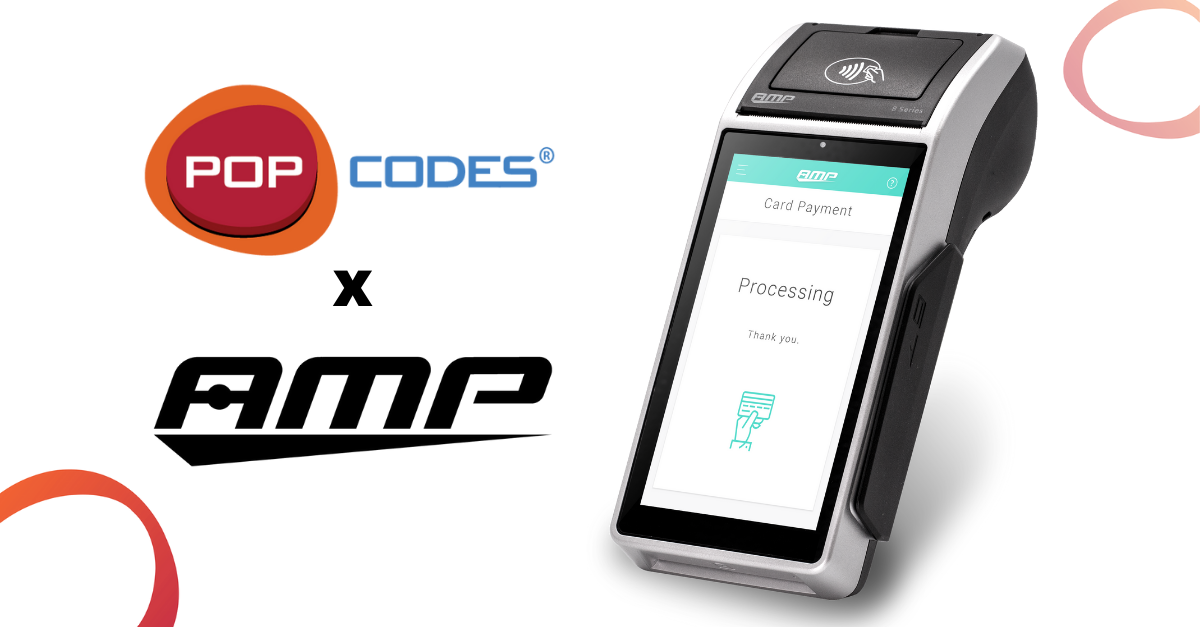Today’s consumers expect to shop when they want and get what they need as quickly as possible, so it’s no surprise that more and more retailers are offering omnichannel options. Every retailer has different priorities, but the goal is the same – to offer consumers the most streamlined, convenient and satisfying shopping experience imaginable. This means providing a retail experience that isn’t either physical or digital anymore – but physical with digital. When it comes to fulfillment options, this means online purchase, in-store pickup.
The demand for buy online, pick up in store is higher than ever. According to Jarrett Streebin, CEO of San Francisco-based shipping firm EasyPost, in-store pickups for online purchases grew 15 percent in November, and will grow again in 2015. Unfortunately, many retailers are hesitant to implement this fulfillment model as a result of misguided perceptions. In reality, implementing in-store pickup is not nearly as expensive, complicated or narrowly-desired as they think. Here is the truth behind three common misconceptions about in-store pickup:

